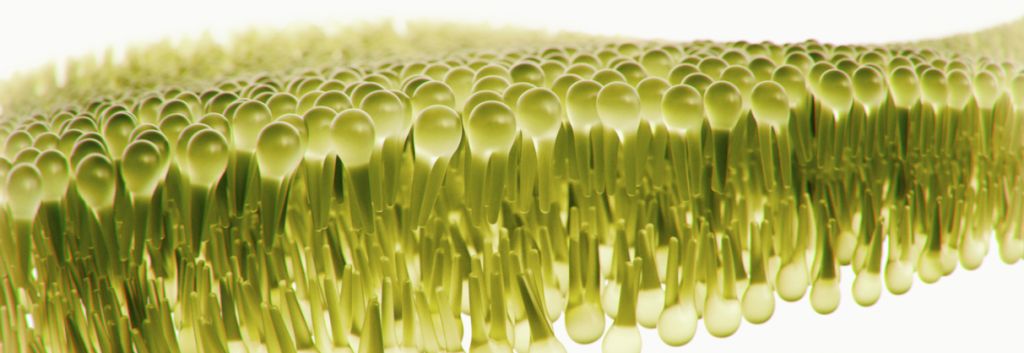What do you think when you hear the word ‘lipid’? I bet your thoughts include fat, energy, hormones, maybe cells? But what if I told you that lipids can also be considered as biomarkers? Very important biomarkers too that can be analyzed and identified using multiparametric statistical analysis!
With more and more research focusing on the culprits causing illnesses such as obesity, diabetes, Alzheimer’s and cardiovascular diseases, biomarkers are becoming the centre of attention. Some of these bad guys are lipid molecules, which can be studied through lipidomics, a research field that focuses on the identification and analysis of lipids.
Sounds promising, right? Actually it doesn’t: In the past, the fact that technologies used in lipidomics were expensive, inaccurate and time consuming put a damper on this field of study, slowing down basic research and clinical diagnostics.
Mastering Technological Progress
Enter Lipotype, a company that hitched a ride on the roller coaster of technological progress. Lipotype was established in 2012 by none other than Kai Simons, founding director of the Max Planck Institute of Molecular Cell Biology and Genetics in Dresden and part of the group that built up the European Molecular Biology Laboratory (EMBL).
The interdisciplinary team at Lipotype, mainly PhDs from Max Planck, developed a technology called lipidomics shotgun mass spectrometry. It is a combination of direct infusion mass spectrometry as well as algorithms and a full set of methods tailored to quantitative lipid data. It can analyze and quantify hundreds of lipids within a few minutes, making the identification of clinically relevant lipid biomarkers possible.
Rather than seeing them as single molecules, Lipotype considers lipids as a metabolic network that can be used in different areas, such as multi-parameter diagnostics, drug development, nutrition, industrial biotechnology and even cosmetics.
Faced with the challenge of retrieving the most important information from huge lipidomic datasets containing thousands of samples with hundreds of parameters, the team at Lipotype have developed a cutting-edge data analysis process, which focuses on the identification of biomarkers and the examination of their performance.
Delivering Detailed Data
In five steps, the company can give a precise statistical overview of any lipid data. By providing an interactive analysis and presentation, a specific focus is put on the visualization of the data, which is a key to understanding results.
The detailed information sets can then be used in applications ranging from biomarker identification for biotech and pharma research, to intervention studies in the food industry, and ingredient development in the cosmetics industry.
Now you may wonder how Lipotype actually does that? Lucky for you, they’ve put together a white paper on big data and statistical analysis of lipidomics!
And you can grab your FREE copy here!
Image via Crevis/Shutterstock.com





